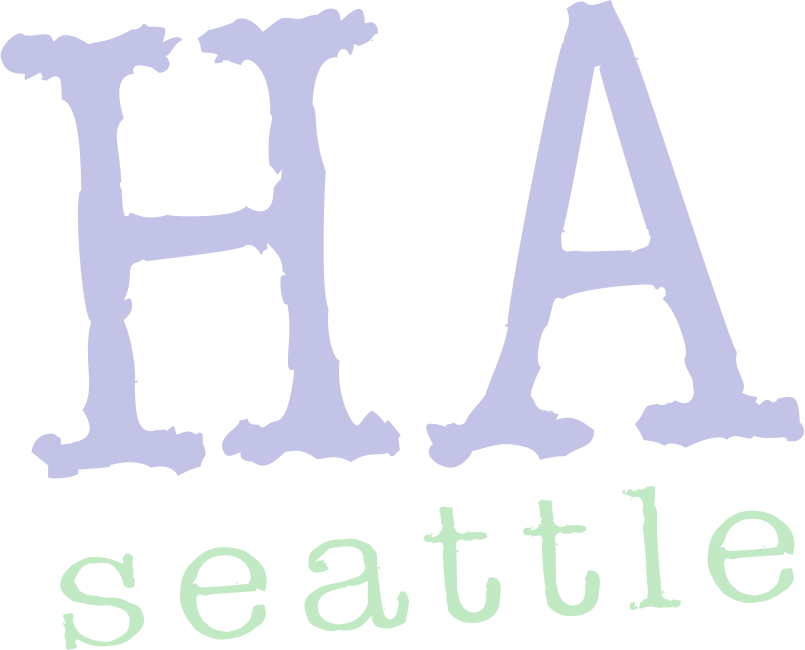In the early 1990s I had a disturbing conversation with Nathan Myhrvold, then Microsoft’s chief futurist. Myhrvold was talking about how online technology would “disintermediate” commerce. When it comes to media, the term by its very definition suggests the breakdown of mass media. Newspapers, Myhrvold surmised, would be one of disintermediation’s biggest casualties.
What Myhrvold meant by disintermediation was the removal of gatekeeping functionality, or middle men, between purveyor and consumer. The interactivity of online meant users could select for themselves what to read. They didn’t need reporters and editors deciding what was important for them. A company or official didn’t need newspapers either; they could reach their constituents or customers directly (e.g. MyObama and iGoogle). Most of all, readers had no need for a physical product delivered to their doorstep.
Myhrvold, one of the smartest guys at what was then one of the smartest companies, made it sound as if the death of newspapers was right around the corner. But change is always further off than one initially imagines. It’s also true that change, when it happens, seems to do so all at once. The forces leading to a change, ignored for so long, are forgotten; we’re left feeling blind-sided even if we saw it coming and warned of it for years. This helps explain why someone like Seattle Times publisher Frank Blethen could say with perfect honesty that he was “shocked” by the P-I’s announcement of sale and probably shutdown. Sure he was shocked. We all were. But were we surprised? (Today Myhrvold hunts dinosaur bones and was featured in a recent New Yorker profile by Tipping Point author Malcolm Gladwell. He probably has forgotten all about disintermediation.)
For all Myhrvold’s foresight and my own trepidations over the years, I was shocked as well. As a lifelong journalist (I started at The Seattle Times in 1967), I hate to see the P-I go — not just for its own sake but for its implications for The Times, Seattle, and an informed society. The P-I is just the first shoe to drop. Even the most casual reading of any newspaper, containing page after page of adless or ad-shy layout, reveals an unsustainable business proposition. I’m very worried about The New York Times, which I still get delivered to my doorstep and prefer reading over breakfast with my wife. It’s a vital ritual for us; we have our best conversations reading the paper, a process that reaffirms why we love each other and how much our intellectual lives revolve around knowledge of the day. (Admittedly I also notice how we’re calling out to each other more and more from our laptops, “Hey, did you see this on HuffPo?”) I know that it’s costing The New York Times a whole lot more to get its paper to me than I’m paying for the privilege; I just heard the paper is considering going to three deliveries a week instead of daily.
Although I sensed Myhrvold was right, for years I figured newspapers could transition to online if they just did a few things right. Now I’m not sure anything would have worked. Not only are newspapers dying, the type of “news” they purvey — uninterpreted, blandly regurgitated, pre-spun information supplied and shaped by a stakeholder with the intent of policy manipulation — has lost its relevance as well. Just look where the growth in news is — Rachel Maddow, Keith Olbermann, Jon Stewart, Huffington Post — and you get the idea. Journalism today is a process of un-newsing the news.
